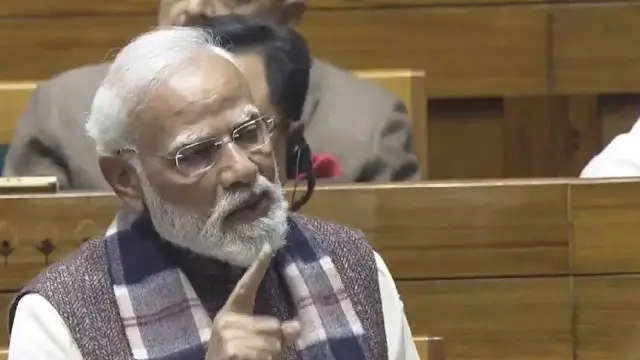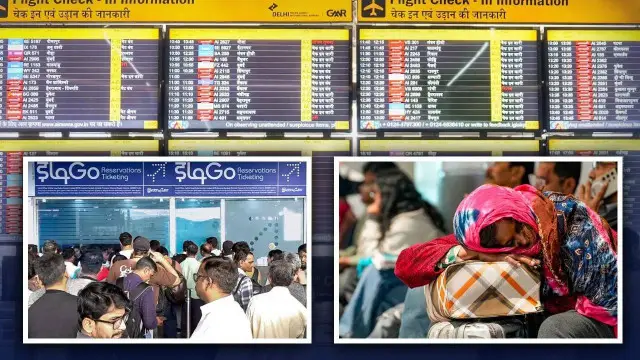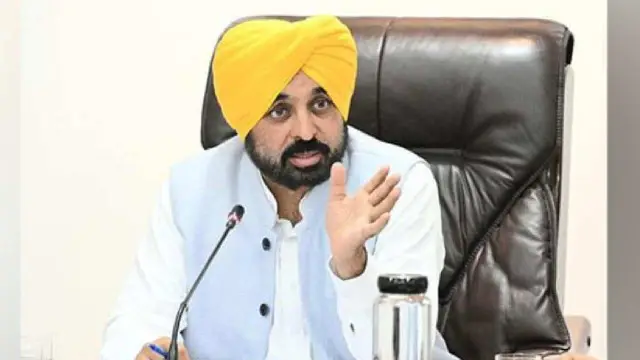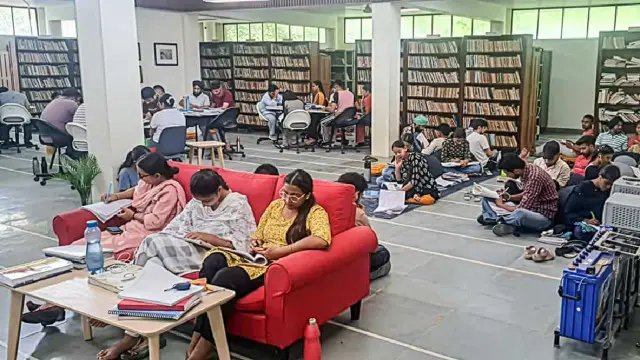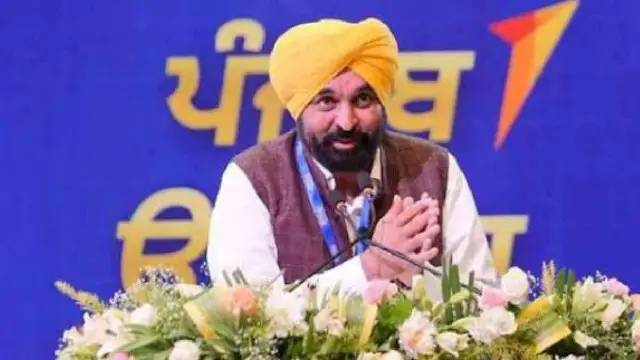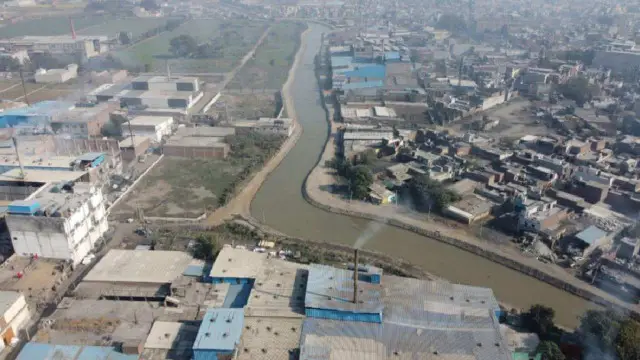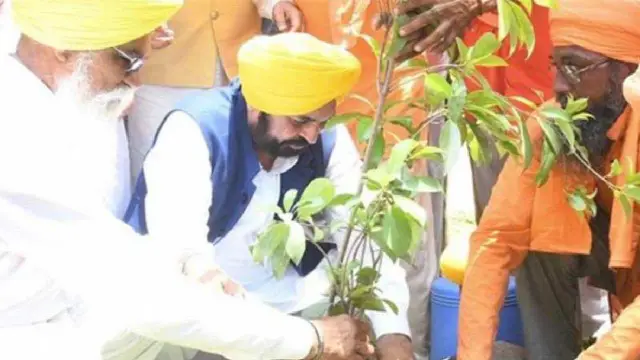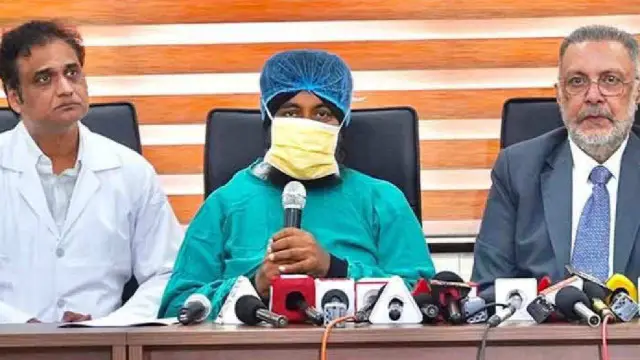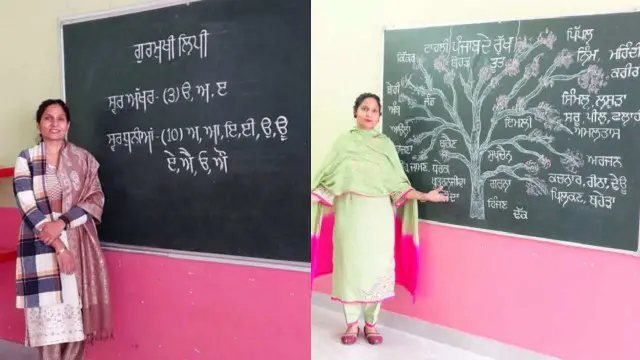India Grapples with Rising COVID-19 Cases: Active Tally Nears 5,000, 7 Deaths in 24 Hours
The shadow of COVID-19 looms large over India again as active cases soar to 4,866, with 1,245 new infections and seven deaths recorded in the last 24 hours.

NATIONAL News: India is facing a renewed wave of COVID-19 infections as of June 5, 2025, with active cases climbing to 4,866, driven by highly transmissible subvariants like LF.7 and NB.1.8.1. As hospitals prepare for potential increases and authorities urge mask-wearing and booster shots, India navigates a delicate balance between vigilance and avoiding panic, with the government emphasizing that most cases remain mild.
A Resurgent Viral Threat
The recent spike in COVID-19 cases has put India on high alert, with active infections nearing 5,000, a significant jump from 3,395 just days ago on June 1, 2025. Kerala leads with over 1,500 cases, followed by Maharashtra (around 600) and Delhi (approximately 500), as per Health Ministry data. The emergence of Omicron subvariants LF.7 and NB.1.8.1, classified as Variants Under Monitoring by the World Health Organization, is driving this surge, though experts note these strains typically cause milder symptoms. Wastewater surveillance in cities like Bengaluru and Pune has detected rising viral loads, signaling community spread before clinical cases surged.
Hospitals are being directed to ensure adequate oxygen, ventilators, and isolation beds, while states like Karnataka have issued school guidelines to curb transmission. Public health campaigns are ramping up, urging mask compliance and vaccinations, as waning immunity from earlier doses contributes to reinfections. Despite the rise, officials stress that most patients are managed at home, with low hospitalization rates, urging calm but proactive measures to contain the spread.
Navigating Challenges and Response
The resurgence poses multiple challenges for India’s healthcare system and society. The rapid increase from 1,009 cases on May 26 to 4,866 by June 5 reflects a steep trajectory, attributed to relaxed public behavior, declining vaccine immunity, and seasonal factors like changing weather. The government has responded swiftly, with the Health Ministry ordering states to bolster healthcare infrastructure, ensuring supplies of essential drugs and equipment. In Delhi, the death of a young child has sparked public outcry, with calls for stricter safety protocols in schools and public spaces. Meanwhile, political tensions have emerged, with opposition parties criticizing the government’s preparedness, though officials maintain that the situation is under control.
Public sentiment, reflected on social media, shows a mix of concern and fatigue, with many urging a return to masking. The Indian Council of Medical Research emphasizes that current variants are less severe, but experts warn against complacency, citing global trends in South-East Asia. Vaccination drives are being intensified, with over 1.7 billion doses administered since January 2021, though booster uptake remains low. As India grapples with this wave, the focus is on balancing economic recovery with public health, ensuring that lessons from past surges guide a measured, effective response to protect lives.





